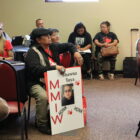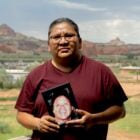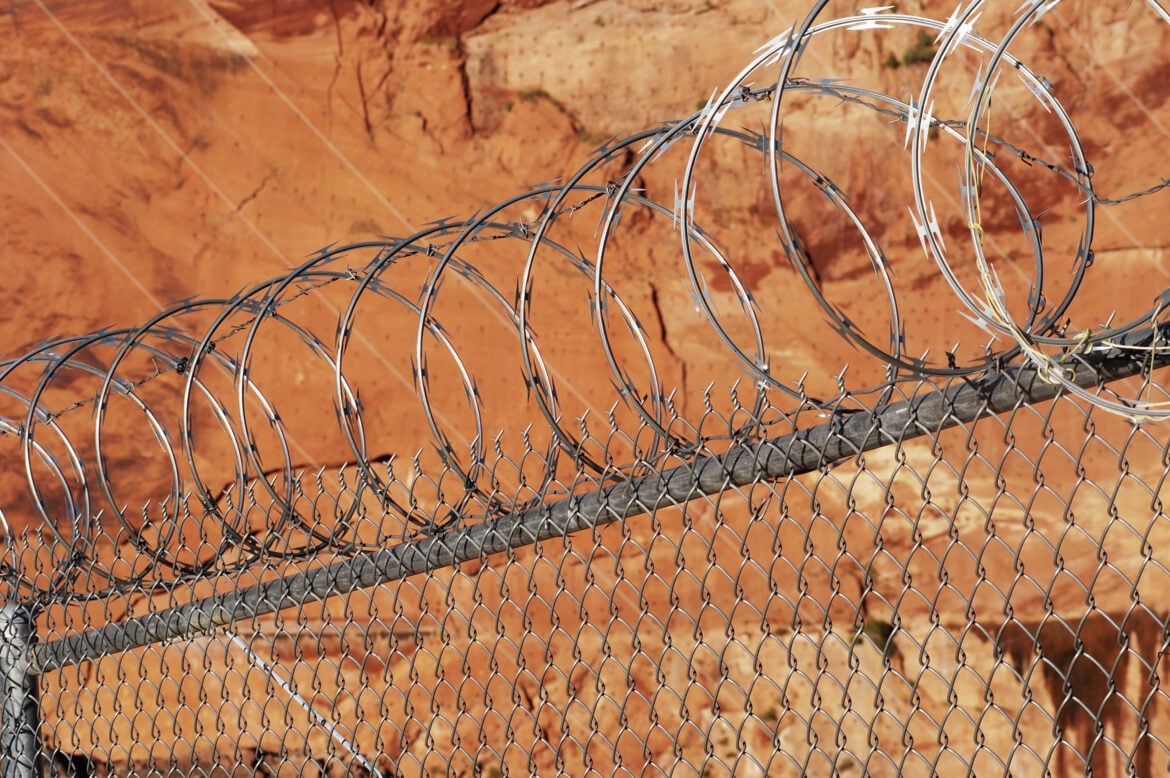Education
Native leaders say tribal education trust fund would be game changer
|
Education programs run by Native American tribes in New Mexico rely in part on money from the state, but accessing those dollars makes it difficult to complete all of the work they envision.Tribal leaders and advocates have long lobbied for a change. This year they want to make it happen.Each year, tribes can apply for grants, and if their applications are approved, they must spend the money first and then submit documentation to the state for reimbursement.
On paper, it sounds straightforward. But in reality, sometimes tribes can’t spend down all the money by an artificial deadline. In fiscal year 2020-2021, 22 tribes received grants under the Indian Education Act but only two requested reimbursement for the full amount they were awarded.
It’s a cycle that repeats year after year, hampering their ability to realize the vision of educating their own children.
With state lawmakers heading into the 2023 legislative session with a multi-billion dollar surplus, Rep. Derrick Lente, a Democrat from Sandia Pueblo, said he will introduce legislation to create a $50 million tribal education trust fund that would provide tribes automatic funding every year.
Tribes would use annual interest earned on trust fund money for language revitalization efforts, resources such as wi-fi, and career readiness programs, among other priorities. It would give tribes greater autonomy, Lente said.








